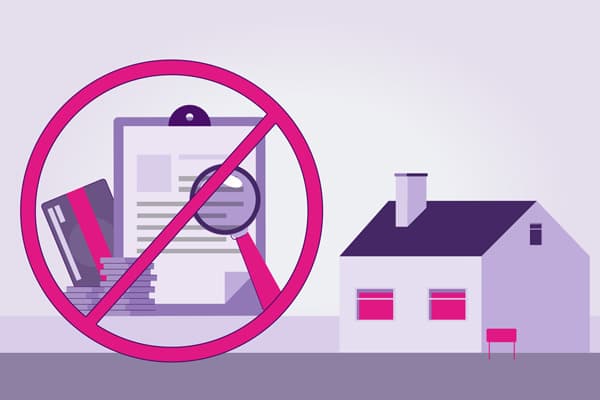Mortgage Affordability Test Changes: Impact Explained
The Bank of England recently removed a required test for those looking to get a mortgage. So what does this mean for the future of the process?

The Bank of England recently removed a required test for those looking to get a mortgage. So what does this mean for the future of the process?

Compare moving quotes in 4 simple steps